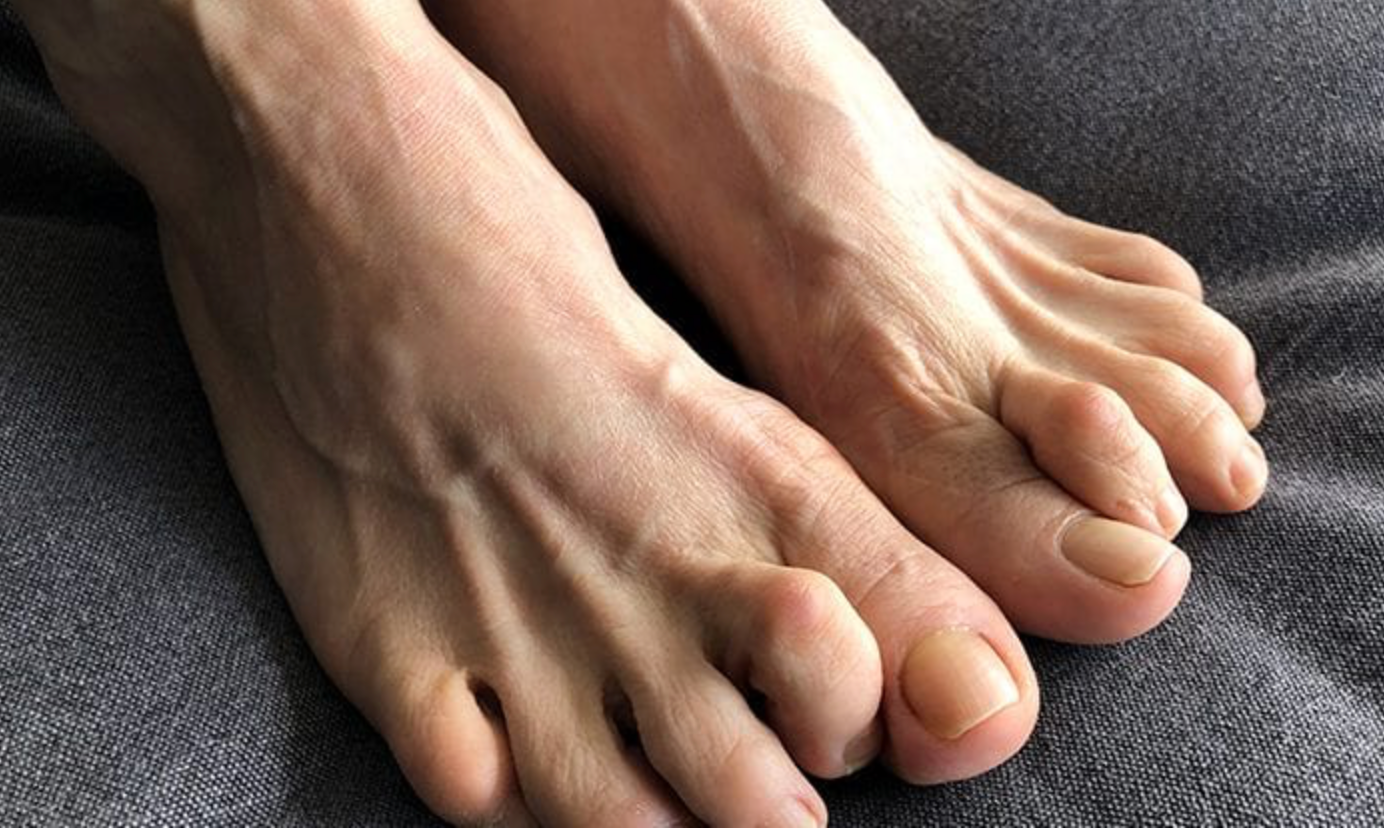Hammertoe refers to a condition in which the second, third, or fourth toe is bent at the second joint. It can have many causes, including injury, abnormal foot structure, shoes that do not fit correctly, arthritis, and even some diseases. These issues cause a muscle or ligament imbalance that pulls the toe into a bent position.
Surgical Treatment
If your hammertoe is causing you to have balance issues or pain, it may be time to consider surgical treatment. Surgery is not for everyone, though. Anyone with poor circulation in the feet, any medical condition that increases surgery risks, or an infection should not have hammertoe surgery.
The exact surgical methods will depend on your specific case. This issue is typically corrected through outpatient surgery. Some doctors use general anesthesia, while others opt for local numbing medications, but you will not feel the surgery in either case.
Less severe cases of hammertoe, in which you can still bend the toe to a degree, may be treated with a tendon transfer. In this surgery, tendons are rerouted from the bottom of the toe to the bend at the top, helping to straighten it.
If your case has progressed to the point where the toe is stiff and unable to bend, your doctor will help you choose between joint resection and fusion. In both cases, tendons and ligaments are typically cut to allow the toe to straighten. In a resection, the end of one bone is removed and the toe is extended, using metal pins to hold it in place during healing, after which the pins are removed. A fusion is more permanent, with the ends of both involved bones removed and pinned or screwed together to allow them to fuse into one bone.
Insurance will cover a medically necessary hammertoe surgery. However, if you are not experiencing pain, difficulty balancing, or other issues making it necessary, you can still have the surgery. If not covered by insurance, the surgery typically costs just over $4,000.
Recovery Expectations
Despite being an outpatient procedure affecting only one toe, expect to spend a few weeks recovering before resuming normal activities. You will certainly need a ride home from the hospital and may find that you need the help of friends and family for a week or two afterwards. Your doctor may provide you with a special shoe, crutches, or a walker to help you maintain your balance and keep pressure off of your toe while it heals. Any pins or screws may be removed a few weeks after surgery as well.
Your toe will likely be swollen and painful. Keeping it elevated for the first couple weeks will help with the swelling and speed healing. You should also avoid submerging your foot in water until cleared by your doctor and, if surgery was on your right foot or you drive a manual vehicle, avoid driving.
Alternatives to Surgery
If you’d like to avoid the surgical route, there are other treatment options that may work. Simple exercises, such as placing a towel on the floor and using your toes to repeatedly scrunch it up, can be effective if you are in the early stages of hammertoe.
Another important treatment and preventative is simply buying shoes that are the correct size. You should have a half an inch of extra space in the toe area from the end of your longest toe. Even if you already have hammertoe, this can promote healing and help to prevent recurrence.
You can also give one of our popular Hammertoe products a try. From straightener crests to toe wraps, we’ve got products that can help alleviate symptoms caused by hammertoe pain. Shop our full line of hammertoe products HERE.


